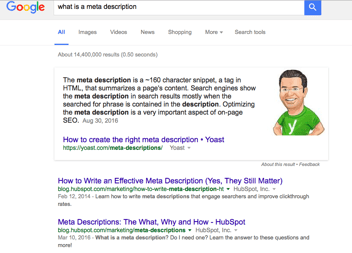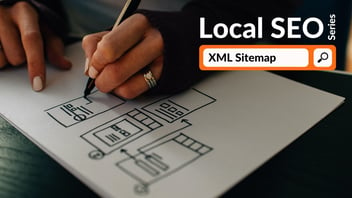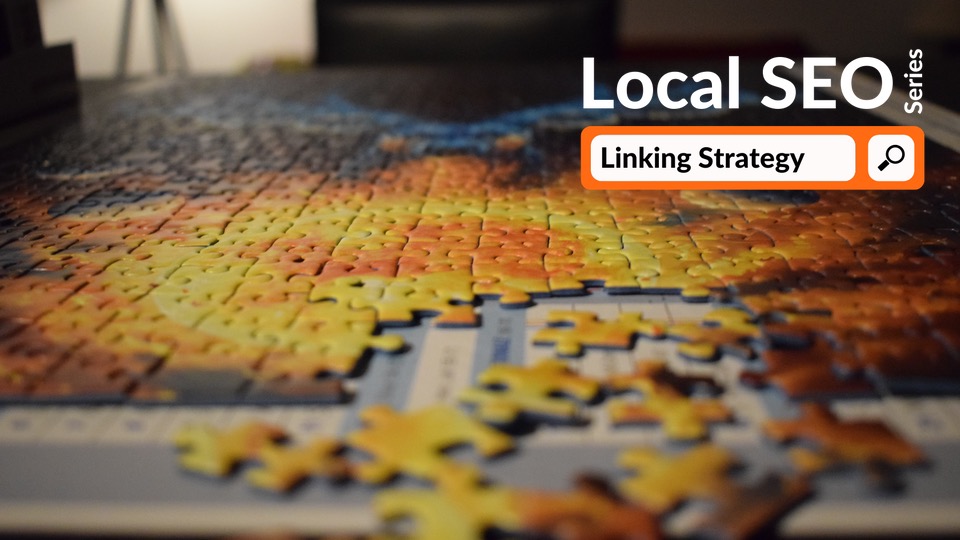
Internal links connect the pages of your website, which help search engine robots and users more easily navigate your website and understand its hierarchy. Plus, creating a strong internal linking strategy plays a crucial role in your website’s overall SEO strategy. In this ultimate guide, you’ll learn the ins and outs of internal linking, best practices, and tactics to avoid when building internal links on your own website.
If you’re already familiar with the basics of internal linking, jump to the section you wish to read!
Why Are Internal Links Important For SEO?
Internal Linking Best Practices
Internal Linking Tactics To Avoid
If you want the full run-down on Local SEO, download our Local SEO Checklist!
What Is An Internal Link?
An internal link is simply a link from one page on your website to another page on your site. An external link, on the other hand, is a link from another website to your site. There are two types of internal links: navigational links and contextual links.
Navigational Internal Links
Navigational internal links consist of those in your website’s navigation menu or footer. These internal links have three primary roles. First, they help search engine robots to understand your website’s hierarchy, or how the pages of your website link to one another. Second, they make it easier for search engine robots to discover pages to crawl on your website. Third, internal navigational links help visitors easily move between the various pages on your website.
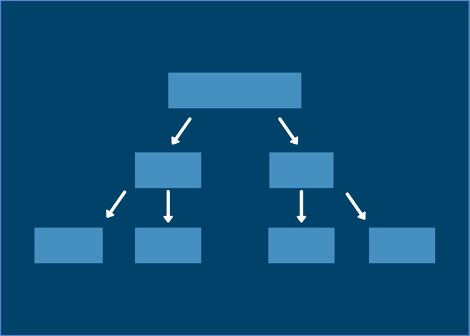
Contextual Internal Links
Similar to navigational links, contextual links also help search engine robots and visitors discover other pages on your website. However, instead of living in the navigation menu, they live within a page’s content. Contextual internal links allow you to link from one web page to other related pages on your website using relevant anchor text; anchor text is simply the placeholder text that gives search engine robots and visitors context about the page you’re linking to from their current page.
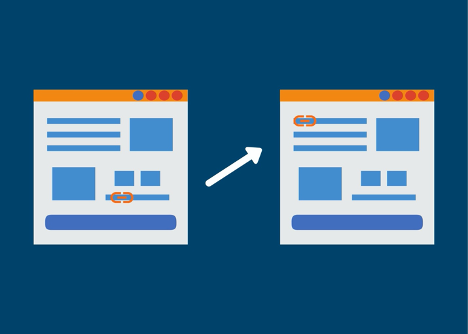
Why Are Internal Links Important For SEO?
Internal links help to establish the architecture of your website. Without internal links, search engine robots and visitors would have a hard time understanding how the pages of your website link together and how to navigate between your various pages. Your internal linking structure gives search engine robots and visitors a better idea of how each of the pages on your website relate to one another. For example, how the homepage relates to the service pages or how pages in a blog series relate to one another.
For search engine robots to crawl and index your website’s content in search engine results pages (SERPs), you need to give them a way to do so, and you need to make it as easy as possible for them to access any and all of the important pages of your website. The easiest ways you can enable search engine robots to crawl your website include:
- Listing your XML sitemap in your robots.txt file.
- Building a strong internal linking structure.
Your robots.txt file is usually the first place search engine robots visit when they enter your website. Your XML sitemap is essentially a list of your most important URLs that you want search engine robots to discover and index in search results. By including your XML sitemap in your robots.txt file, you’re indicating to search engine robots that they should crawl and index these URLs in SERPs.
Note: Search engine robots can also crawl pages of your website not included in your XML sitemap. For example, if another website links to a page not included in your XML sitemap, search engine robots can follow that link to your website.
When a search engine robot enters your website through any page in, or not in, your XML sitemap, you must ensure that every page is linked to in some way and that there are no orphan pages, or those that have no links. Orphan pages cause issues for both search engine robots and visitors.
For search engines, they have no way of evaluating the context of these pages using internal links, so it’s more difficult for them to determine relevant search queries these pages can rank for in SERPs. For visitors, they have no way of accessing these pages through your website’s natural link structure, which creates a poor user experience. Plus, if these pages have important information, your visitors will most likely never see it.
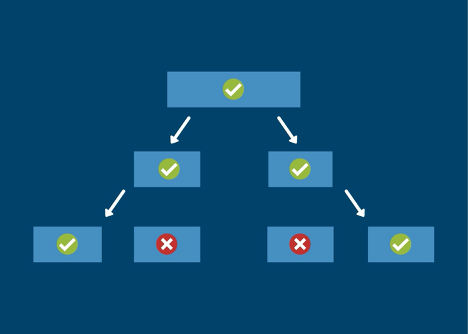
Along with establishing your website’s architecture, internal links help to transfer link equity between the pages of your website. More specifically, you can use specific strategies to help transfer link equity from your high-authority pages to your low-authority pages. This tactic can help to boost individual pages’ rankings in SERPs.
Keep reading to discover seven best practices you can apply to your own internal linking strategy!
Internal Linking Best Practices
1. Use Relevant Anchor Text
As mentioned previously in this post, anchor text is the placeholder text that gives both search engine robots and visitors context about the page you’re linking to from their current page. When using anchor text, make sure the text is relevant and accurately describes the linked page. For example, if you’re on a retail website and click on a link for sweaters, you want to go to a page for sweaters, not t-shirts.
You can also include your target keyword in your anchor text to further indicate what your page is about to search engine robots and visitors. On the pillar page for our Local SEO Series, for example, we include links to each post in the series using relevant anchor text that contains a target keyword. Notice how we don’t keyword stuff though? When creating internal contextual links, avoid keyword stuffing at all costs because it can appear unnatural and unhelpful to visitors.
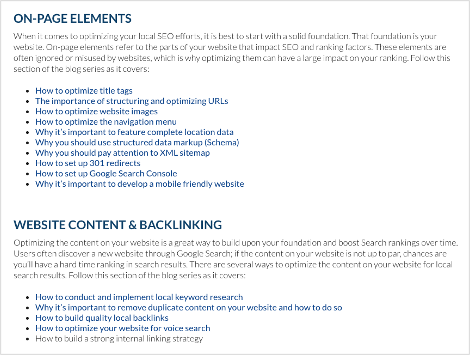
2. Don’t Link Too Deep
According to Google’s John Mueller, click depth, or page depth, plays a small role in the weight of importance given to a page in Google’s Search results. Google gives more weight to pages that take less clicks to get to from the homepage compared to those that take more clicks to get to from the homepage. Page depth also helps Google and other search engines establish the relative importance of a page based on all of a website pages’ depths. For example, if a website’s homepage links to every single page on the website, then every page would have a page depth of 1; this subsequently hurts these pages’ overall weight of importance because search engines would consider these pages equally important and not important. Another way to look at it is like giving every team a participation trophy instead of awarding 1st, 2nd, and 3rd place.
Keeping your internal linking structure relatively shallow makes it easier for search engine robots and visitors to navigate around your site too! For more complex sites with pages that require more than three clicks from the homepage, you can use features like an internal search bar or breadcrumbs.
3. Link to Important Pages
With internal links, you can help to transfer link equity from your high-authority pages to your low-authority pages. For example, if you have a blog post that receives tons of organic search traffic, you can include links to relevant blog posts that don’t receive a lot of traffic from organic search to help send some traffic and authority to those posts. Over time, this can give these posts a potential boost in ranking!
4. Don’t Use Too Many Links
Along with linking from high-authority pages to low-authority pages, you’ll want to lean toward using fewer links on a page rather than using many links. Why, you ask? Link equity. If you include many links on one page, you’re essentially dividing up the link equity among every single linked page.
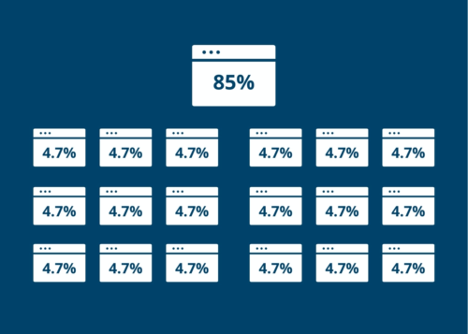
If you use fewer and more relevant links on one page, you can increase the amount of link equity that’s divided among those linked pages.
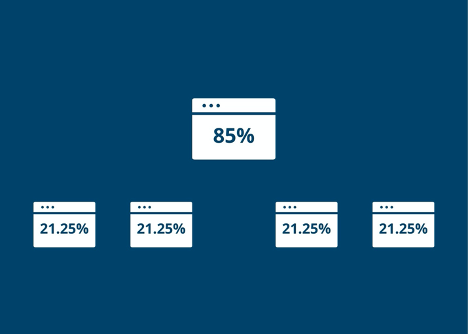
5. Use Relevant Links
Every internal link you use should serve a purpose. If it doesn’t serve a purpose, then what’s the point of using it? With any piece of content you publish on your website, you should only use internal links that will benefit a user’s experience. It’s as straightforward as that!
6. Use Dofollow Links
Dofollow links are those with a dofollow link attribute, which is an HTML attribute that signals to search engines that they can crawl these links. Dofollow links also help to spread link equity between the pages on your website. It’s very rare that you should need to use a nofollow link attribute on an internal link.
7. Place Links Toward the Top of the Page
The final best practice is placing important internal links toward the top of your page. While not always necessary, this practice encourages visitors to click to other pages on your website. This can help to reduce your website’s bounce rate and increase the time visitors spend on your website, which, in turn, sends positive user experience signals to Google and other search engines. For example, we place a link to a library of all our Local SEO Series posts at the top of every Local SEO Series blog post and the pillar page to encourage visitors to read some or all of the series. With this practice, you can still include relevant internal links throughout the body content of your page too.
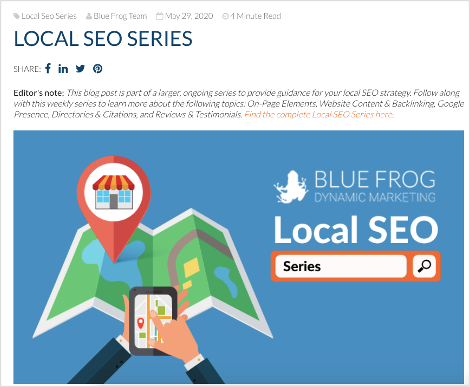
Internal Linking Tactics To Avoid
With internal linking it’s easy to want to link to anything and everything to help spread link equity among your website pages. However, there are a few tactics to avoid when it comes to building internal links. These include linking from your blog to your homepage or your contact us page. This is because you most likely already link to your homepage in your navigation menu (e.g. logo link), so visitors can access it from any page of your website. Instead, you should focus on linking visitors to other relevant internal pages to strengthen their authority, which will help to boost your website’s overall authority in the long run.
Whether you’re auditing your existing internal linking strategy or starting from scratch, remember to focus on building internal links that will benefit both search engine robots and your website’s visitors. These links should help to clearly establish your site’s link architecture, aid in the transfer of link equity, and help search engine robots and visitors easily navigate your site!
We’re getting close to the end of our series (sad day). Stay tuned for the next post in our Local SEO Series: Optimizing Your Google My Business Listing: Ultimate Guide.

